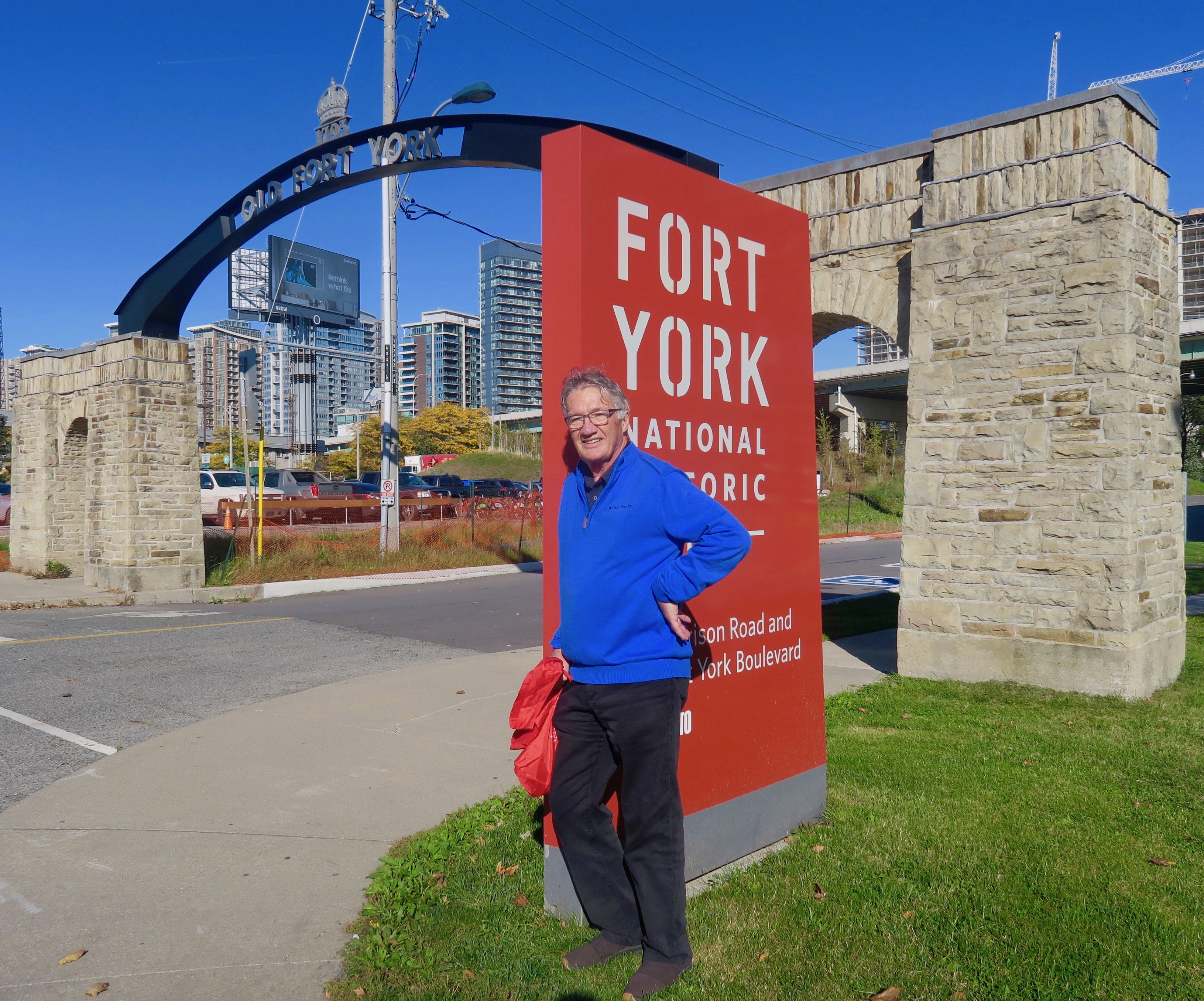Discover the Center of Ontario at Fort York National Historic Site Toronto
Discover the Center of Ontario at Fort York National Historic Site Toronto
Blog Article
Immerse Yourself in the Stories of Fort York National Historic Website at the Gallery
At Ft York National Historic Website, the echoes of history reverberate with the walls of the gallery, supplying a peek right into the past that shaped today. From the calculated building of the fort to the day-to-days live of those who called it home, each artifact and exhibit narrates waiting to be uncovered. As site visitors stray with the museum, they are transferred back in time to a period full of tales of nerve, sacrifice, and resilience. The narratives of military approaches, civilian point of views, and the ongoing conservation initiatives develop a tapestry of interconnected stories that repaint a vivid photo of Ft York's rich heritage.
Background of Ft York's Building and construction
The building and construction of Fort York, an essential military fortress, begun in the year 1793 under the direction of John Graves Simcoe, the Lieutenant Guv of Upper Canada. Located at the entry of the Toronto Harbour, the ft was purposefully placed to safeguard the town of York against potential American risks adhering to the American Revolutionary War.

Regardless of dealing with challenges such as harsh weather condition conditions and restricted sources, the building and construction of Fort York was finished in 1797. Over the years, the ft played a vital role fit the background of Toronto and Canada, standing as a symbol of military strength and willpower. Today, Ft York stands as a National Historic Site, maintaining the tradition of its construction and the stories of those who protected it.
Life in the Fort
Within the rock wall surfaces of Ft York National Historic Site, day-to-day regimens and duties shaped the lives of the garrison inhabitants. Soldiers posted at Ft York were charged with different obligations vital for the functioning of the ft (Fort York National Historic Site Hours).
In spite of the organized nature of life within the fort, there were likewise moments of camaraderie and leisure. Soldiers engaged in activities such as card games, narration, and periodic parties to break the uniformity of armed forces life. In general, life in the garrison at Fort York was a mix of discipline, duty, and brief moments of respite among the demands of armed forces service.
Army Techniques and Defenses
Among the everyday regimens and disciplined life of the fort inhabitants at Ft York National Historic Website, tactical military planning and defense devices played an important role in securing the ft and its passengers. One of the key defense devices used at Fort York was the format of the fort itself.
Furthermore, Fort York's defenses go to my blog included a system of earthworks, palisades, and strategically placed cannons to hinder enemy pressures. By fortifying the border and tactically pointing weapons, the garrison can effectively defend versus possible invasions. Moreover, the army employees posted at Ft York underwent extensive training to ensure they were prepared to execute defensive techniques effectively.
Civilian Viewpoints and Contributions
In the historic context of Ft York National Historic Website, civilians played an essential role via their useful payments and special point of views to the fort's operations. While soldiers concentrated on protection and armed forces methods, civilians residing within or near Fort York brought diverse skills and understanding that were necessary for the fort's functioning. Noncombatant sellers, artisans, and laborers offered services and goods important for every day life at the ft. Their expertise in professions such as carpentry, cooking, and blacksmithing ensured that the fort was lasting and well-equipped.

Legacy and Preservation Efforts
Civilians' significant payments to Fort York National Historic Website have left an enduring tradition that remains to be protected via dedicated campaigns and initiatives. The tradition of Ft York is promoted via precise preservation methods targeted at preserving the site's historical relevance for future generations. Conservation initiatives include recurring upkeep of the fort's frameworks, remediation jobs to make certain historic accuracy, and instructional programs that advertise the website's heritage.
To secure the legacy of Fort York, preservationists collaborate with chroniclers, excavators, and preservation specialists. These partnerships promote the implementation of best methods in heritage preservation, making sure that the website's stability and authenticity are kept. Furthermore, fundraising campaigns and area interaction efforts play a crucial function in sustaining preservation endeavors at Ft York.

Verdict
To conclude, Fort York National Historic Website provides a rich tapestry of stories covering from its construction to its legacy. Fort York National Historic Site Tours. The background of the garrison, army techniques, civilian perspectives, and preservation initiatives display the significance of this site in Canadian history. Site visitors can submerse themselves in the past via various displays and interactive experiences, gaining a much deeper understanding of the people and occasions that shaped Ft York
Soldiers posted at Fort York were charged with various responsibilities essential for the performance of the ft.Amidst the day-to-day regimens and disciplined life of the garrison residents at Ft York National Historic Site, tactical military planning and defense devices played a crucial function in securing the fort and its occupants. One of the crucial defense systems utilized at Fort York was the design of the fort itself.In the historical context of Ft York National Historic Website, civilians played a critical function through their unique perspectives and useful payments to the ft's procedures. While soldiers concentrated on protection and army approaches, civilians living within or near Fort York brought diverse skills and understanding that were essential for the fort's functioning.
Please visit one of our local supporters - Profix Macbook Repair In Toronto
Report this page